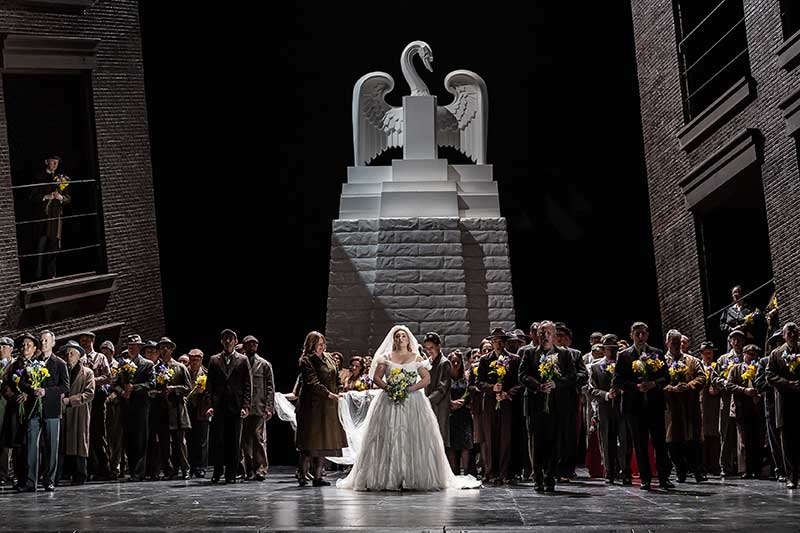Walk: Hood
Distance: 3 miles
Why is Halloween celebrated on October 31?
There are two answers to this question: a pagan one and a Christian one.
The ancient Gaelic festival of Samhain, which occurred on November 1 but kicked off the evening before, is considered the earliest known root of our secular Halloween traditions. It marked a pivotal time of year when seasons changed, but more importantly, observers also believed the boundary between this world and the next became especially thin, enabling them to connect with the dead. This is also where the history of Halloween gains its "haunted" connotations.
As the etymology of the name suggests, Halloween has Christian roots too. Celebrations of Christian martyrs and saints date back to 4th-century Rome. In the early 7th century, Pope Boniface IV put All Saints' Day on the calendar when he dedicated the Pantheon in Rome to the saints, but the day was May 13. In the next century, Pope Gregory III changed the day to November 1 when he dedicated a chapel in St. Peter’s Basilica to the saints. Yet another century later, Pope Gregory IV added All Saints' Day to the universal Christian calendar, officially extending the celebration from Rome to churches everywhere.
With the Christian celebration of All Saints' Day on November 1 came All Hallows' Eve, or Halloween, on October 31, as well as All Souls' Day on November 2—a three-day holiday collectively called Hallowtide.
















































/cdn.vox-cdn.com/uploads/chorus_image/image/60213573/16864491_10155215854384170_5684966586896085744_n.0.jpg)







